#gatchina
Text
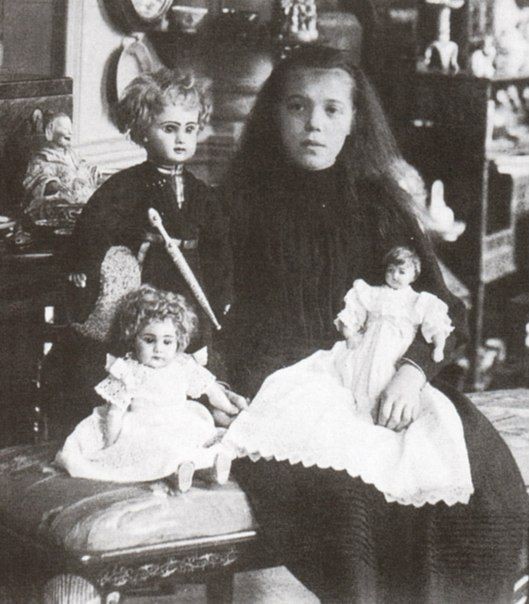
🎀⚜️ Grand Duchess Olga Alexandrovna Romanova of Russia (and her dolls) in Gatchina, 1894. ⚜️🎀
#olga alexandrovna#grand duchess olga alexandrovna#gatchina#1890s#1894#romanovs#romanov#russian imperial family#rif#aesthetics#royal aesthetic#romanov belongings#dolls#fashion#royal fashion
46 notes
·
View notes
Text

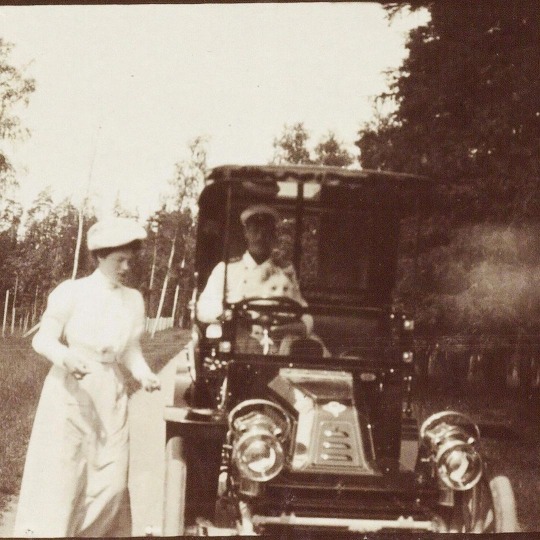

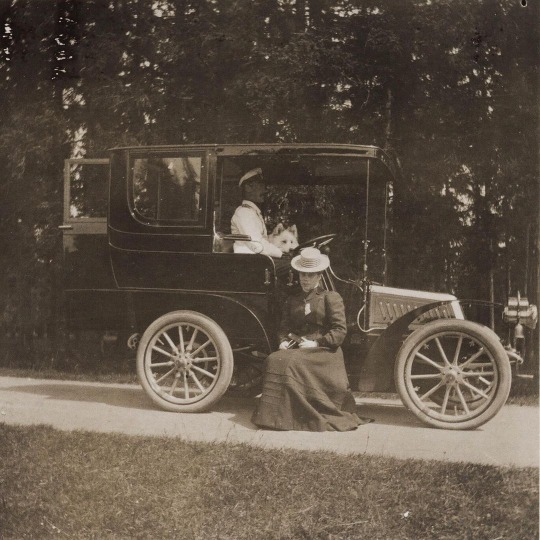


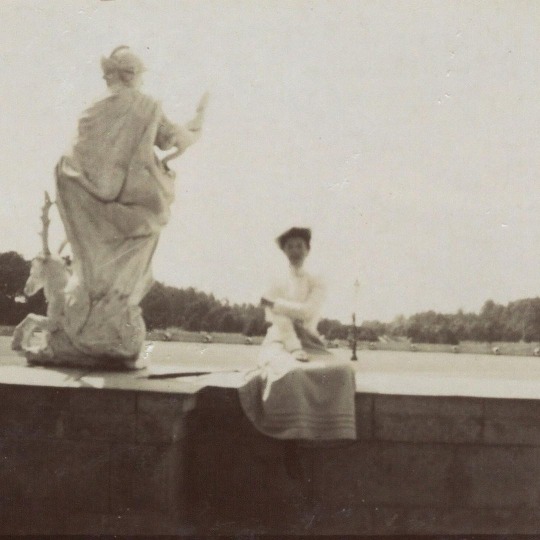
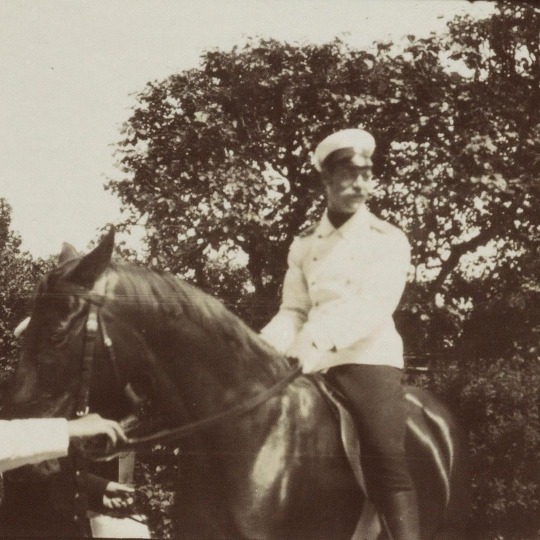
Misha, Olga, Xenia and a dog walking in Gatchina, June 1903
@sledstvie
#xeina alexandrovna#mikhail alexandrovich#olga alexandrovna#russian empire#romanovs#michael alexandrovich#1900s#1903#gatchina
34 notes
·
View notes
Photo





17th June 1912 part 2/2
Photo 1 : Prince Dmitri Alexandrovich, Tsarevich Alexei Nikolaevich, Prince Vasily Alexandrovich, Prince Rostislav Alexandrovich, Grand Duchess Anastasia Nikolaevna, Prince Nikita Alexandrovich and Grand Duchess Maria Nikolaevna in Gatchina, 17th June 1912.
Photo 2 : Prince Nikita Alexandrovich, Grand Duchess Maria Nikolaevna, Grand Duchess Anastasia Nikolaevna, Prince Rostislav Alexandrovich, Prince Vasily Alexandrovich, Prince Dmitri Alexandrovich and Tsarevich Alexei Nikolaevich.
Photo 3 : Miss Elizabeth Jane Coster, Prince Rostislav Alexandrovich, Prince Vasili Alexandrovich, Grand Duchess Anastasia Nikolaevna, Grand Duchess Maria Nikolaevna and Mr Vinogradoff.
Photo 4 : Grand Duchess Maria Nikolaevna and Prince Vasily Alexandrovich.
Photo 5 : Andrei Derevenko, Grand Duchess Anastasia Nikolaevna and Tsarevich Alexei Nikolaevich
"17th/30th June. Sunday.
Before obednya, walked with the sisters in the garden. Papa had breakfast at the Grand P[alace] with the Danes, and we were with Mama and Sonya Den. In the afternoon, we 5 drove to Gatchina in motors. Played and walked around the garden with Irina. Papa and Mama came to Grandmama for tea and we all returned by train. After dinner, NP. was with us. How happy I am. Thank you Lord!"
(1912 Diary of Grand Duchess Olga Nikolaevna)
Photos from:
Grand Duchess Xenia Alexandrovna's 1912-1913 Album / page 7b - photo n° 101
SCIENCE MUSEUM GROUP - Albums of Herbert Galloway Stewart
You can also find more photos, diary entries, letters here : Last Romanovs VK
#1912#Maria Nikolaevna Romanova#Anastasia Nikolaevna Romanova#Nikita Alexandrovich#Rostislav Alexandrovich#vasili alexandrovich#Dmitri Alexandrovich#Alexei Nikolaevich#gatchina
74 notes
·
View notes
Text

Mother with daughter,Gatchina (1909)
18 notes
·
View notes
Text


The Gatchina Palace Easter Egg, RUSSIA
33 notes
·
View notes
Video
youtube
Интерьеры Большого дворца / Interiors of the Grand Palace
#гатчина#дворец#музей#искусство#интерьер#питер#дизайн#gatchina#palace#museum#art#interiors#disign#saint petersburg
3 notes
·
View notes
Text

у меня сексуальная привлекательность как у подосиновика
3 notes
·
View notes
Text
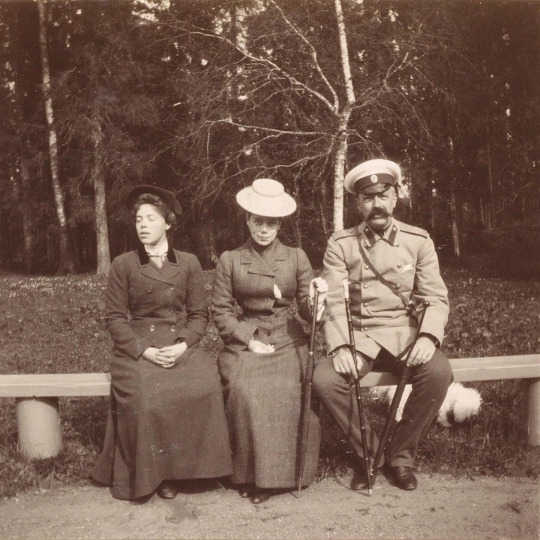


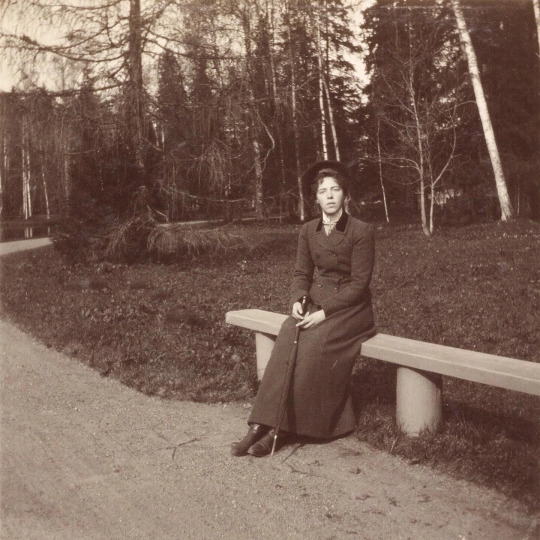


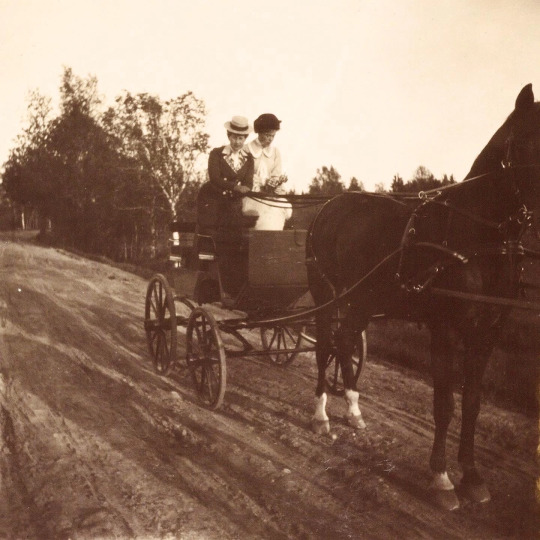

Olga Alexandrovna, Xenia Alexandrovna, and Maria Feodorovna in Gatchina, 1904
5 notes
·
View notes
Photo

Пропала на две недели. Сдох vpn. А потом дела-дела, о которых я запоздало вам расскажу. Считаю, что лучше поздно, чем никогда)) Меня попросили продолжить рассказ про свадебное путешествие в сторис) вспомнили про мои скетчи в Барселоне(есть и из Парижа и Фюссена). Я про это и забыла. Но продолжу свой рассказ про прошлый год). В июле поехали в Питер. Я попросила мужа сделать небольшой крюк и заехать во Ржев, вернее проехать мимо Ржевского монумента советскому солдату. Мы были там в 4 утра. Это настолько впечатляет - до мурашек, хотя, может, виной раннее утро, музыка из репродукторов, пение птиц, а слёзы, это не слезы вовсе, а капли росы. Не успела записать, но по небу пролетел «клин усталый» каких то птиц… Да, не получилось у авторов изначальную задумку воплотить. Она тяжелореализуема в конкретном месте. Очень продувается ветрами. И вдоль дороги - щиты - как маяки былых побоищ. Как-то начинаешь замечать такое. Правда, почти до платной дороги пришлось за этот «крюк» вести машину)). В этот момент я возненавидела солнце и свой рост)) Меня ослепляло кошмарно. Поехали мы в Гатчинский дворец, т.к. времени у нас ещё было до заезда в гостиницу прилично.. На подъезде ахнули оба. Напомнило почему-то Париж. Хоть и от первоначального проекта Ринальди для Орлова отошли, дважды перестроив при Павле 1 и Николае 1, здание получилось по образу старого английского охотничьего замка, ставшего музеем, который в 41-Ом бомбили, затем сожгли в 44-ом, разворовав и уничтожив часть ценностей, которые не успели эвакуировать. Красивейшие воссозданные интерьеры залов. На данный момент 50 из 77 (но кое где реставраторы оставили следы варварских действий просвещённой Германии). Ходил там дяденька один. Причитал, что новодел. Ну «спасибо» он может сказать тем, кто оставил надпись химическим карандашом на штукатурке: «Здесь были мы. Сюда мы больше не вернемся. Если придет Иван, все будет пусто». Приятно было находиться в подземном ходе Павла. Жутенько). Напомнило катакомбы в Париже. Жаль, хлынул ливень, и по прекрасному парку мы не погуляли. #санктпетербург #большойгатчинскийдворец #гатчина #питер #ржевскиймемориал #ржев #поездка #saintpetersburg #gatchina #biggatchinapalace #rzhevmemorial (at Гатчинский Дворец) https://www.instagram.com/p/Cp-p4v3MKGq/?igshid=NGJjMDIxMWI=
#санктпетербург#большойгатчинскийдворец#гатчина#питер#ржевскиймемориал#ржев#поездка#saintpetersburg#gatchina#biggatchinapalace#rzhevmemorial
1 note
·
View note
Text


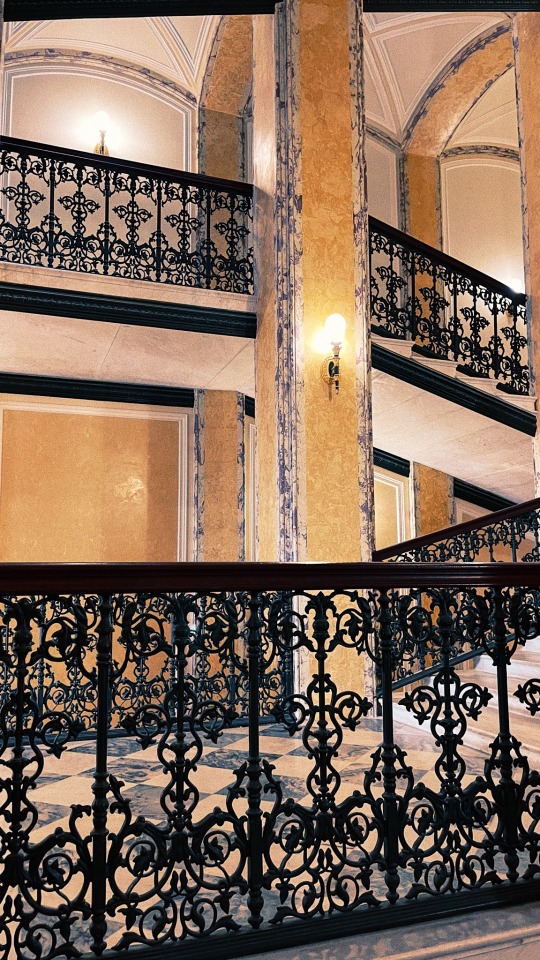

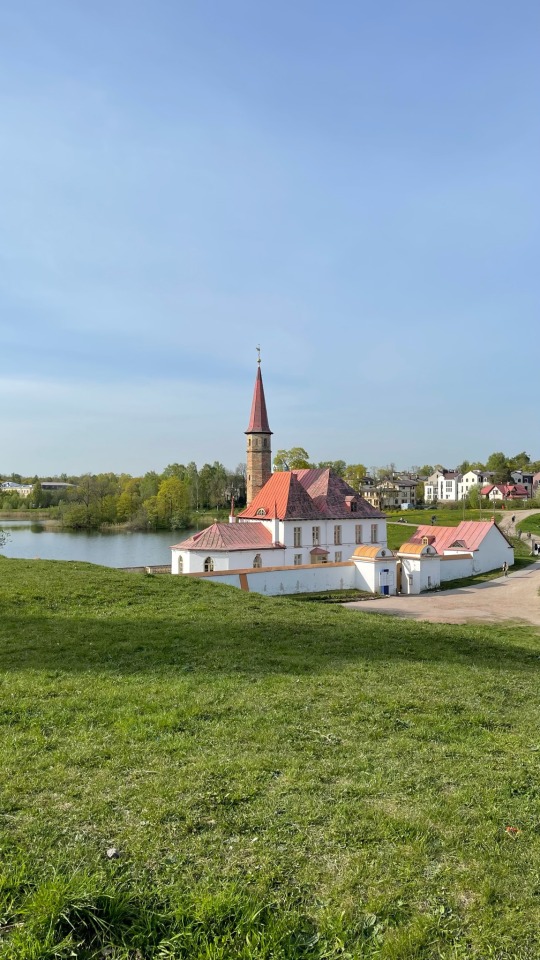
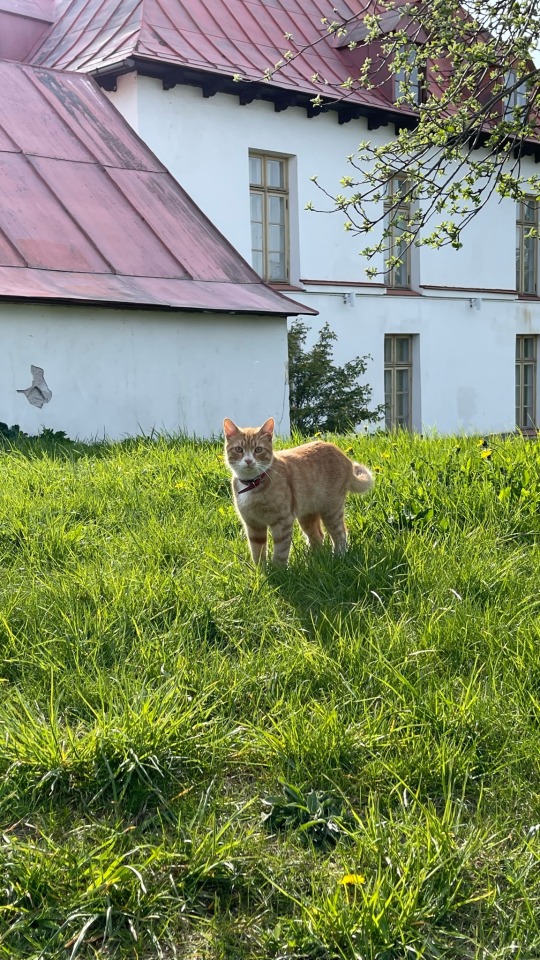

My feet hurt, I’m tired as hell and I think I’m gonna sleep like a log today. It’s totally worth it 😄 Here’s some shots from my day in Gatchina.
#gatchina#red cats#tulips#parks#greenery#spring#swans#vacation vibes#nature#гатчина#ленинградскаяобласть#прогулка#рыжийкот
1 note
·
View note
Text






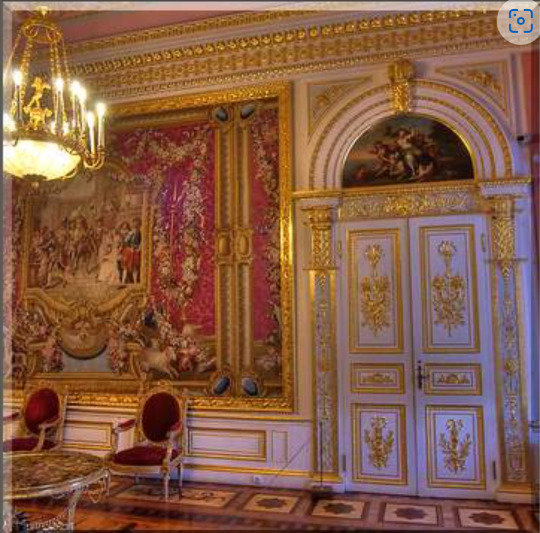
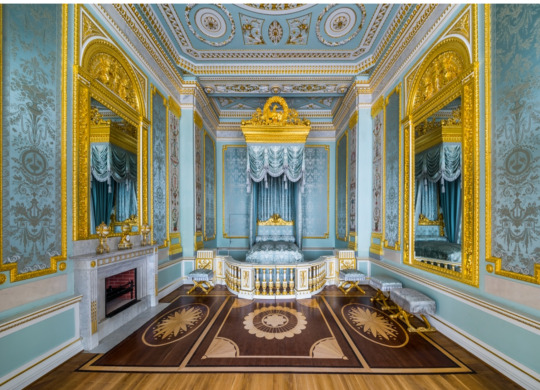





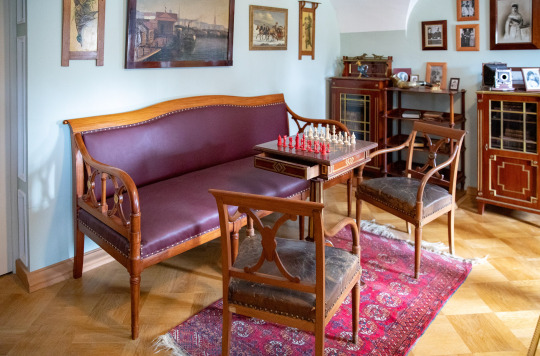

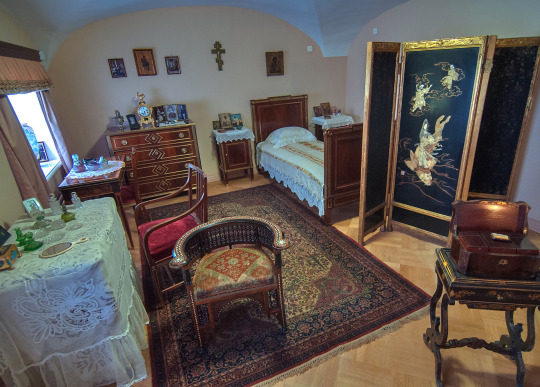
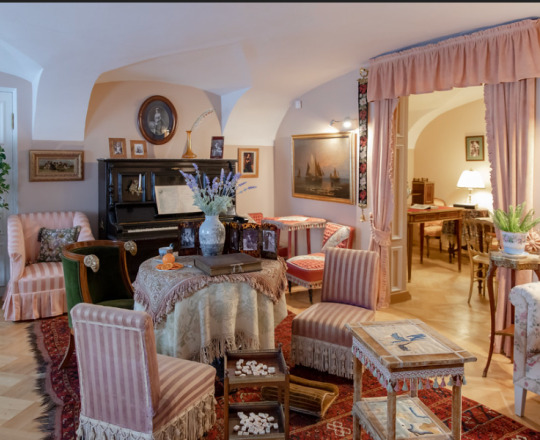
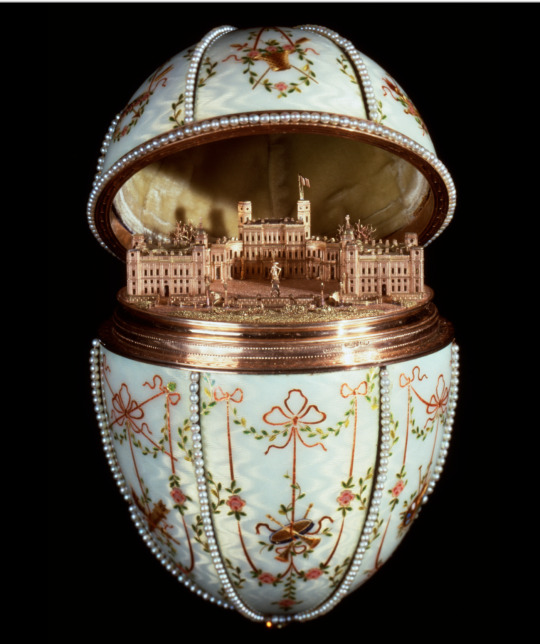
Gatchina Palace
The House Where Nicholas II Grew Up.
Gatchina Palace, located about twenty-five miles from Saint Petersburg, was built by Catherine the Great for her favorite, Count Grigory Orlov. When Orlov died, Catherine bought the estate from his heirs and gave it to her son Paul. Gatchina would go on to become Paul's favorite residence. He arranged everything to his taste.
When Paul died, the Romanovs continued to use Gatchina. Nicholas I and his consort loved to hunt and relax at Gatchina. Alexander II liked to conduct state affairs while hunting at Gatchina. After the assassination of his father, his advisors told Alexander III that he would be safer at Gatchina than at the Winter Palace. Alexander III spent most of his life at Gatchina Palace. He signed decrees and held diplomatic receptions, theatrical performances, masquerades, costumed balls, and other events and entertainment. Alexander III introduced technological modernizations new to Russia at the Gatchina Palace, such as indoor heaters, electric lights, a telephone network, non-freezing water pipes, and a modern sewage system. His children, including the future Tsar Nicholas II, spent their youth at Gatchina Palace.
Alexander III and his family stayed in the Arsenal Wing; they did not inhabit the luxurious spaces used for official business; the rooms they used for daily life had low ceilings and were small. In December 1844, after the Court had spent two long autumn months in the Gatchina Palace, the Emperor signed a decree ordering to rebuild the Kitchen Wing. Reconstruction of the Arsenal Wing began in 1846.
Gatchina became famous for its paintings, sculptures, furniture, and fine china collection. Gatchina lost a large part of its treasure during the revolution and another part when the palace was looted and badly damaged by the Nazis during WWII. Restoration work on the palace's interiors continues to this day.
23 notes
·
View notes
Text
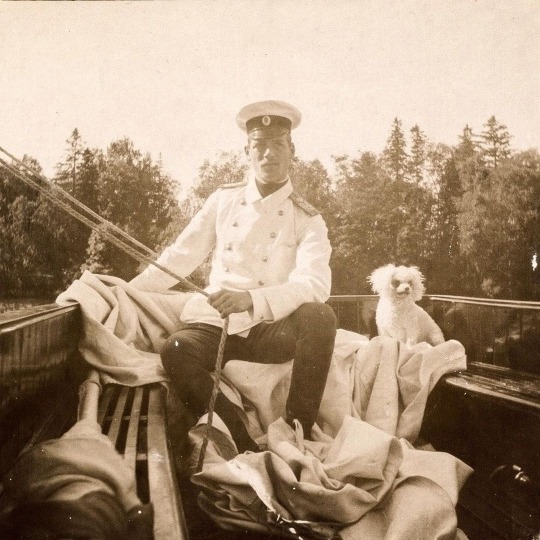



Grand Duke Mikhail Alexandrovich Gatchina 1897-1898.
24 notes
·
View notes
Photo
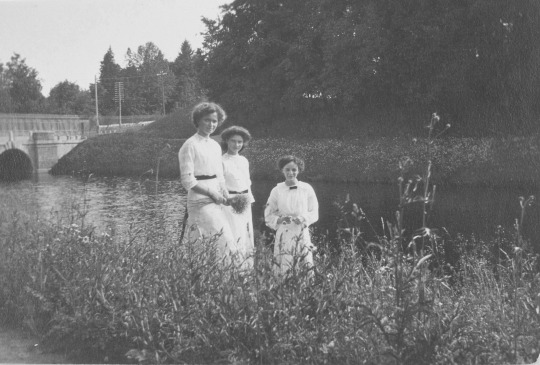

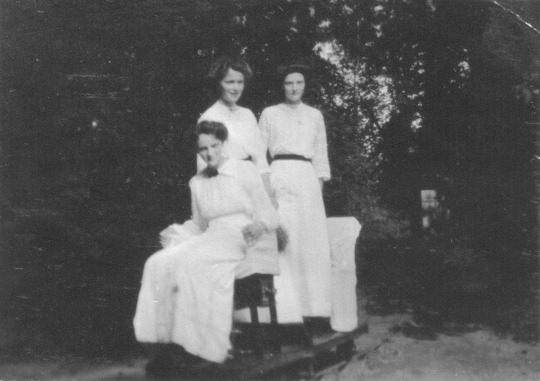

17th June 1912 part 1/2
Grand Duchess Olga Nikolaevna, Grand Duchess Tatiana Nikolaevna, Princess Irina Alexandrovna and Grand Duke Michael Alexandrovich in Gatchina, 17th June 1912.
"17th/30th June. Sunday.
Before obednya, walked with the sisters in the garden. Papa had breakfast at the Grand P[alace] with the Danes, and we were with Mama and Sonya Den. In the afternoon, we 5 drove to Gatchina in motors. Played and walked around the garden with Irina. Papa and Mama came to Grandmama for tea and we all returned by train. After dinner, NP. was with us. How happy I am. Thank you Lord!"
(1912 Diary of Grand Duchess Olga Nikolaevna)
Photos from:
SCIENCE MUSEUM GROUP - Albums of Herbert Galloway Stewart
Grand Duchess Xenia Alexandrovna's 1912-1913 Album / page 7b, 8 - photo n° 103, 104, 109
You can also find more photos, diary entries, letters here : Last Romanovs VK
#1912#Olga Nikolaevna Romanova#Tatiana Nikolaevna Romanova#irina alexandrovna#gatchina#michael alexandrovich
70 notes
·
View notes
Text

Fabergé
L'Uovo del palazzo di Gatčina è una delle uova imperiali Fabergé, un uovo di Pasqua gioiello che l'ultimo Zar di Russia, Nicola II donò a sua madre l'Imperatrice vedova Marija, nel 1901.
Fu fabbricato a San Pietroburgo nel 1901 sotto la supervisione di Michael Perkhin,per conto del gioielliere russo Peter Carl Fabergé.
L'uovo d'oro è coperto da vari strati di smaltato bianco traslucido su un fondo arabescato con tecnica ghiglioscé e dipinto con un delicato disegno di rose rosa e ghirlande di foglie verdi e oro legate con fiocchi di nastri rossi in una varietà di festoni.
File di perline dividono l'uovo in dodici pannelli: verticalmente in sei spicchi ed orizzontalmente lungo il bordo dell'apertura. Alle due estremità sono fissati diamanti tagliati come lastre sottili, probabilmente per coprire il monogramma e l'anno del dono, che però sono stati rimossi. L'interno è foderato in velluto.
La parte superiore dell'uovo si apre per rivelare una riproduzione in miniatura, in oro di quattro colori, della residenza invernale principale dell'Imperatrice vedova: il palazzo costruito a Gatchina, un villaggio 45 chilometri a sud-ovest di San Pietroburgo, per il conte Grigorij Grigor'evič Orlov ed in seguito acquistato dallo Zar Paolo I.
La miniatura riproduce nei dettagli anche l'area attorno al palazzo, sono presenti cannoni, una bandiera, una statua di Paolo I, ed elementi del paesaggio.
59 notes
·
View notes
Text

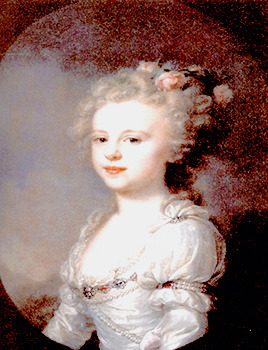

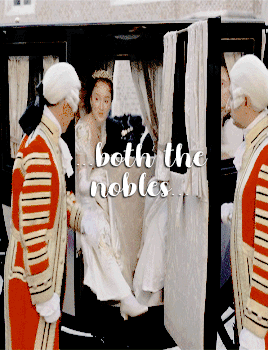
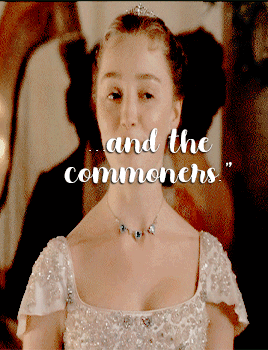
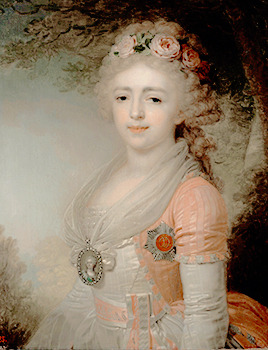
"In 1799, three years after her failed betrothal with the King of Sweden, another marital project originated for Alexandra. Previously in 1798, Dukes Ferdinand Augustus and Alexander Frederick of Württemberg who were the brothers of the Empress Maria Feodorovna, arrived in St. Petersburg to serve in the Russian army. They expressed the interest of Austria to join with Russia in a coalition against the rising power of the French Republic and Napoleon, and to cement this alliance, it was decided to arrange a marriage between Alexandra and Archduke Joseph of Austria, Palatine (Governor) of Hungary and a younger brother of Francis II, Holy Roman Emperor. Archduke Joseph personally came to Russia to see his bride. The meeting between them was successful. In mid-February 1799 the betrothal ball was held. Later, a marriage contract was signed in which Alexandra would be allowed to kept her Russian Orthodox faith. In October, Count Fyodor Rostopchin wrote:
"Believe me, that's not good started to strengthen the alliance with the Austrian court by ties of blood... Of all the sisters she will be given the least successful marriage. She will have nothing to wait for, and her children even more so."
On 25 September 1799, a decree was published about the royal title of Alexandra. In Russia, she was referred to as "Her Imperial Highness Grand Duchess the Archduchess of Austria" with the French prefix of "Palatine d'Hongrie". The wedding took place on 30 October 1799 at Gatchina Palace, one week after the wedding of her sister Elena. To celebrate both events, poet Gavrila Derzhavin wrote the ode "the wedding celebrations of 1799". On 21 November the couple went to Austria. Countess Varvara Golovina remembered that Alexandra was sad to leave Russia, and her father Emperor Paul I "constantly repeated, would not see her since her sacrifice." According to Alexandra's confessor, Andrei Samborski, Alexandra was given a cold reception in Vienna. However, other sources offer a different view. Queen Maria Carolina of Naples (the Emperor's mother-in-law) and her daughters arrived in Vienna in August 1800 for a long stay. Maria Carolina's daughter, Princess Maria Amalia of Naples, wrote in her journal that on 15 August the Queen and her daughters were introduced to Alexandra, whom she described as "very beautiful". Maria Amalia and Alexandra became friends during this time; and the Princess of Naples wrote in her journal that the Russian Grand Duchess and her husband had a friendly relationship with the rest of the imperial family and took part in the family gatherings, parties and balls in Vienna, which contrasts with the version given by Andrei Samborski. For instance, in January 1801, Maria Amalia wrote in her journal that the imperial family used to attend balls in Archduke Joseph's residence in Vienna, where "beautiful Alexandra, always serious and sad, has a magnificent household." When she was presented to Emperor Francis II, she reminded him of his first wife Elisabeth of Württemberg, who was her maternal aunt; this caused the jealousy of Empress Maria Theresa, Francis II's second wife, who also was envious of Alexandra's beauty and fine jewelry. Imperial confessor Andrew Samborski wrote:
"Remembering the happy cohabitation with her led him (the Emperor) in extreme confusion of mind which afflicted the heart of the Empress, his present wife. After this, she became in the innocent victim of the Empress' implacable vengeance...The Empress not forgotten and humiliated her parents and siblings when she called them a family of freaks, due to the treatment that Grand Duke Constantine gave to his wife."
Once, Alexandra turned up to a ball beautifully dressed, with magnificent jewellery. The Empress was incensed at being upstaged by the Archduchess, and ordered her to remove her jewellery, and also told her that she could no longer wear them. Heeding her instructions, Alexandra only decorated her hair with flowers when she attended a play some time later. The flowers highlighted her beauty, leading her to be applauded and being given a standing ovation, making Maria Theresa even more furious. Archduke Joseph could not protect his wife from these attacks. Furthermore, her Eastern Orthodox faith aroused the hostility of the Roman Catholic Austrian court, who urged her to convert. Pavlovna was popular among Hungarians, both the nobles and the commoners. According to the legend, it was her suggestion to add the color green as the third color to the flag of Hungary. Hungarians had been using red and silver, then red and green as their national colors for centuries at the time. However, in the late 18th century, a third color was proposed to be added to the flag, to follow the style of the French tricolor. Pavlovna suggested green as a symbol for hope. By the mid-19th century, the red-white-green Hungarian tricolor became widespread.
Wikipedia of Grand Duchess Alexandra Pavlovna.
81 notes
·
View notes
